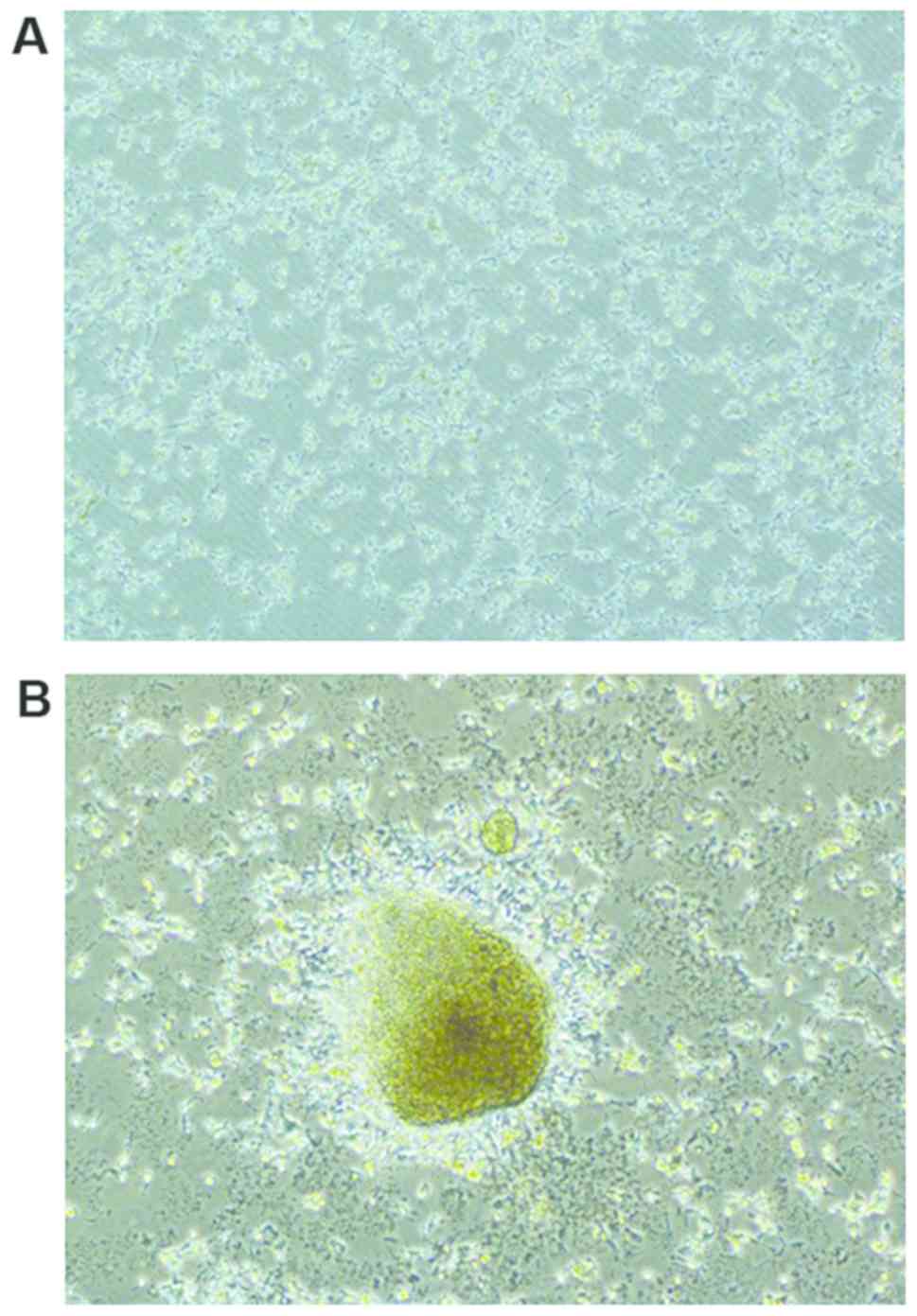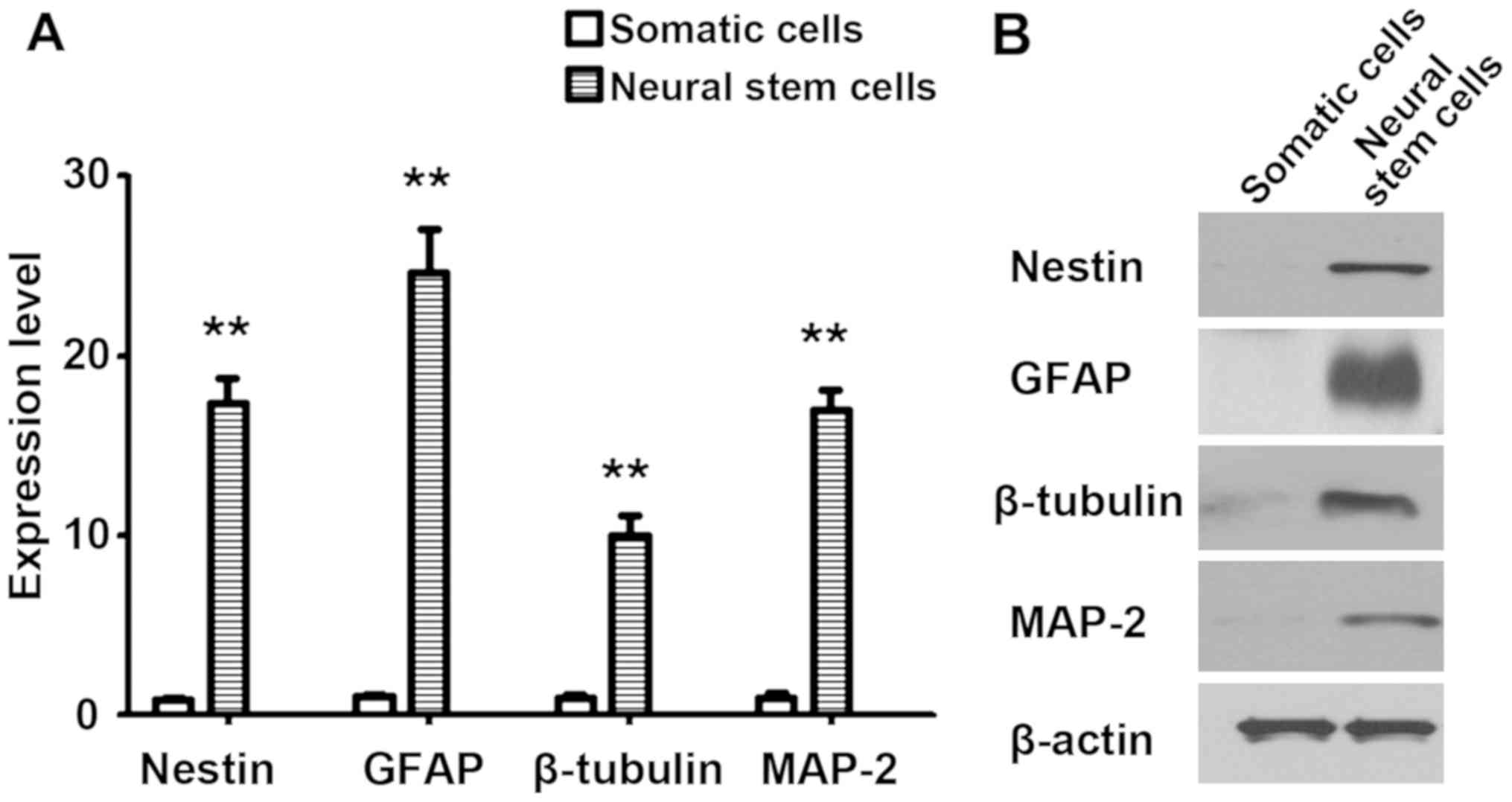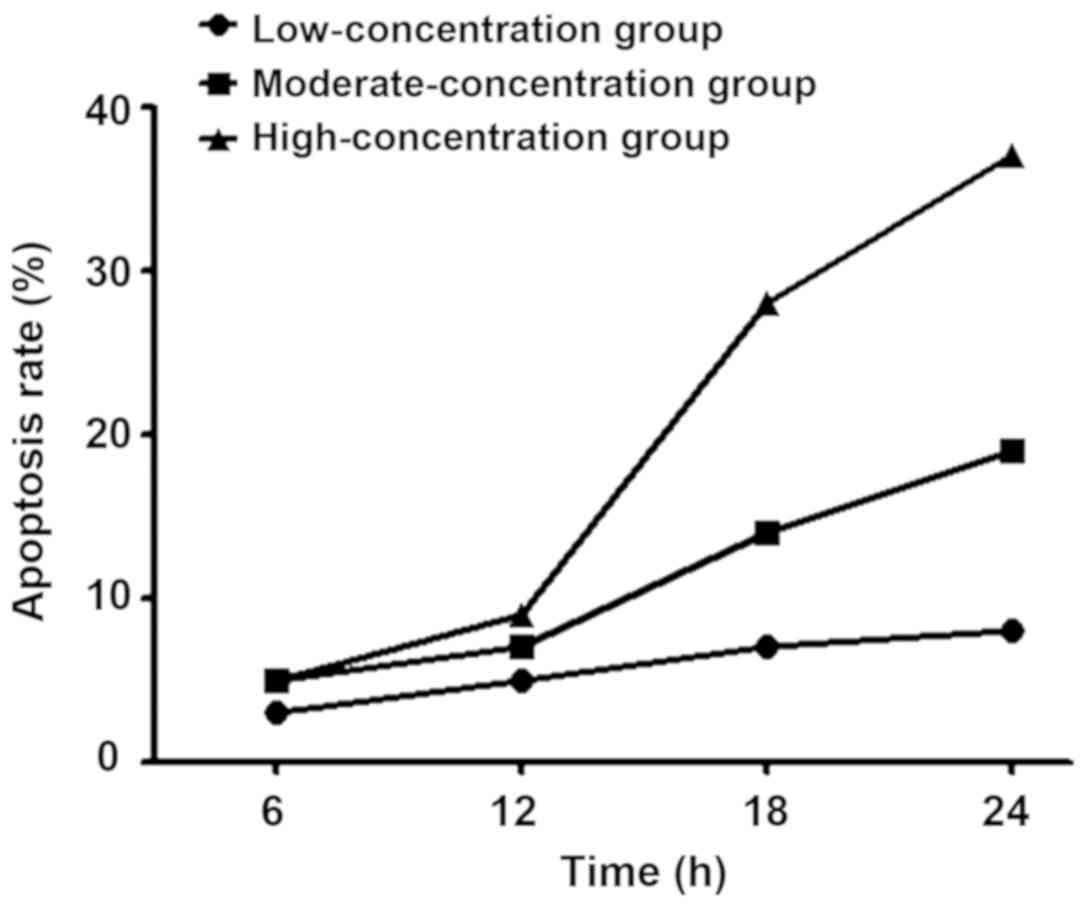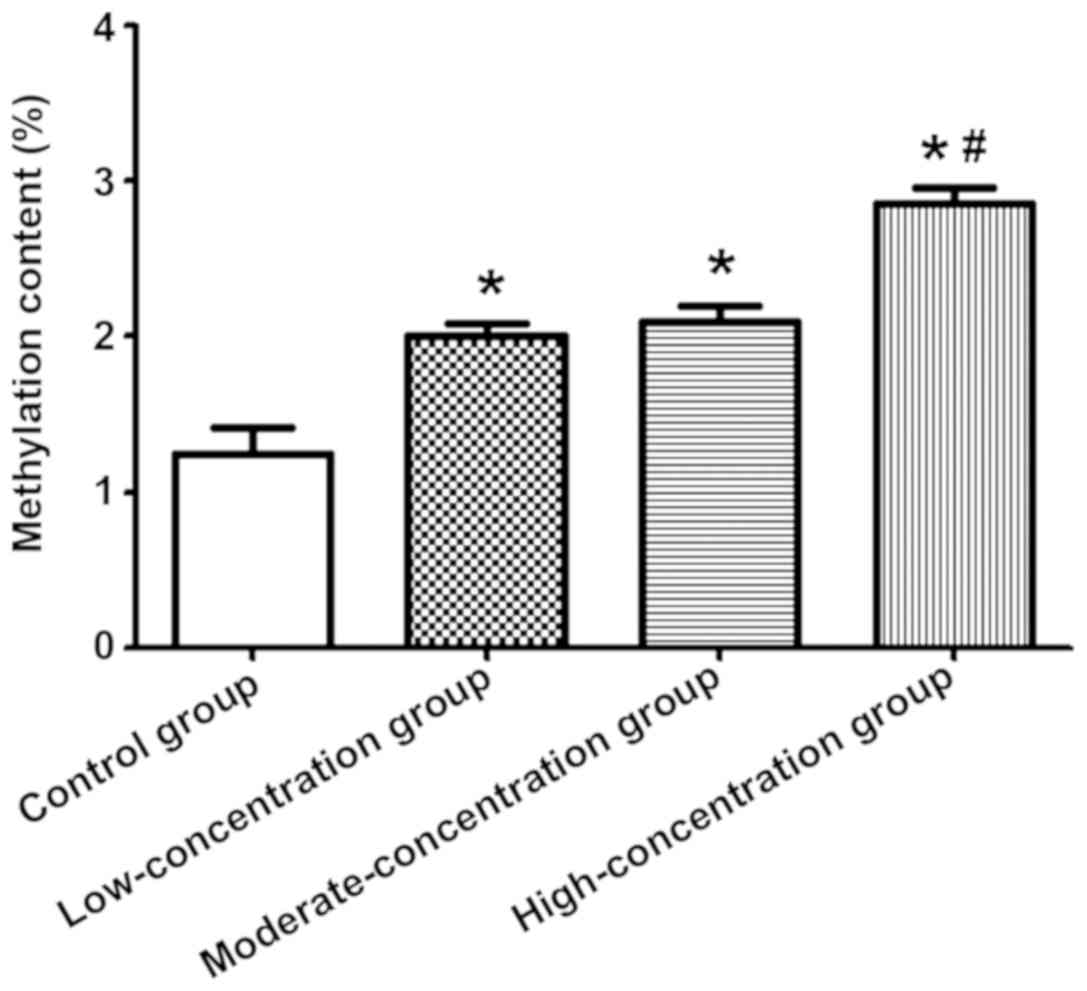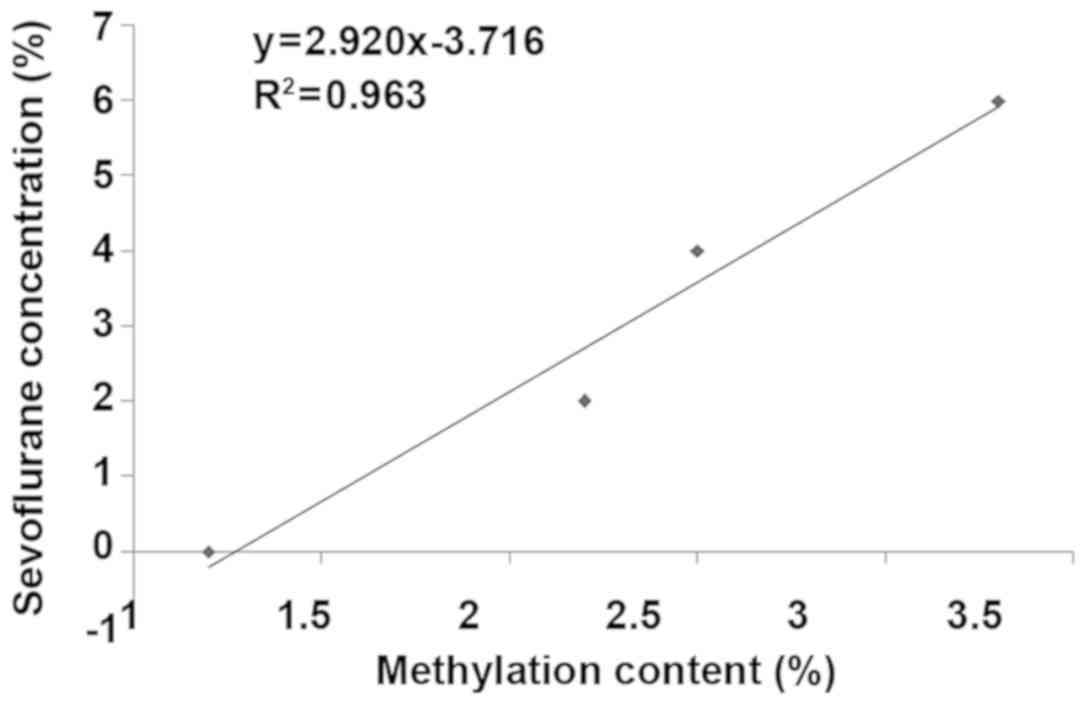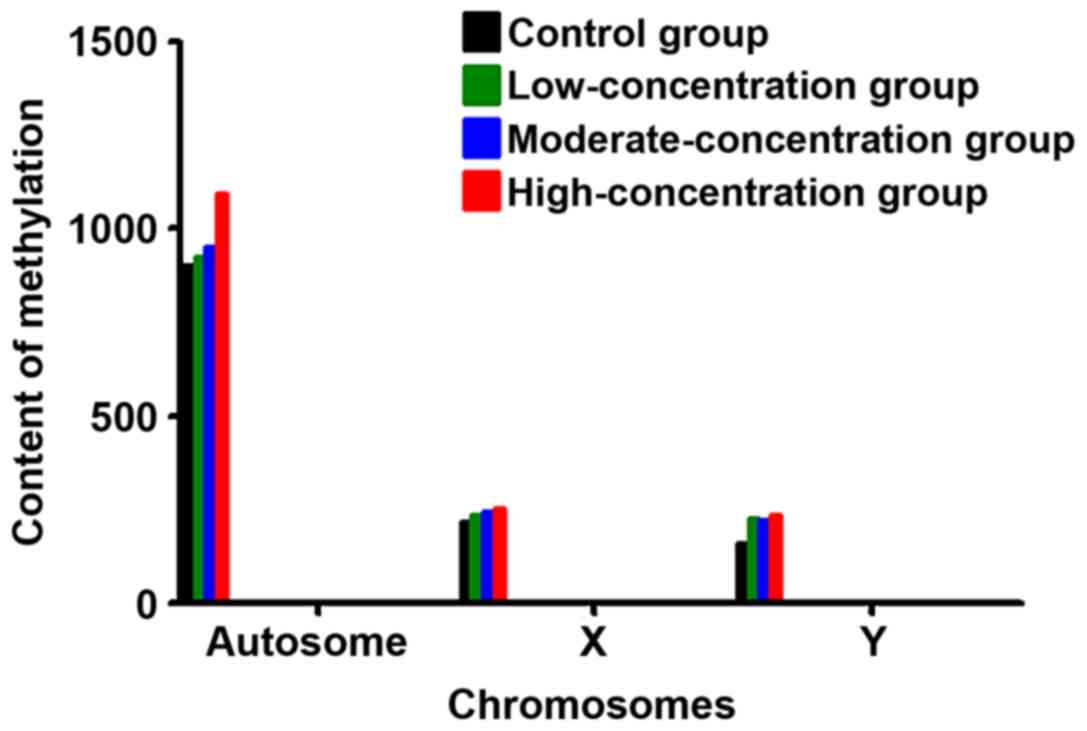|
1
|
Lie PPY and Nixon RA: Lysosome trafficking
and signaling in health and neurodegenerative diseases. Neurobiol
Dis. 22:94–105. 2019. View Article : Google Scholar
|
|
2
|
Gerhardt S and Mohajeri MH: Changes of
colonic bacterial composition in Parkinsons disease and other
neurodegenerative diseases. Nutrients. 10:7082018. View Article : Google Scholar
|
|
3
|
Maiti P and Dunbar GL: Use of curcumin, a
natural polyphenol for targeting molecular pathways in treating
age-related neurodegenerative diseases. Int J Mol Sci.
19:E16372018. View Article : Google Scholar : PubMed/NCBI
|
|
4
|
Kaneko N and Sawamoto K: Go with the flow:
Cerebrospinal fluid flow regulates neural stem cell proliferation.
Cell Stem Cell. 22:783–784. 2018. View Article : Google Scholar : PubMed/NCBI
|
|
5
|
Colle D, Farina M, Ceccatelli S and Raciti
M: Paraquat and maneb exposure alters rat neural stem cell
proliferation by inducing oxidative stress: New insights on
pesticide-induced neurodevelopmental toxicity. Neurotox Res.
34:820–833. 2018. View Article : Google Scholar : PubMed/NCBI
|
|
6
|
Liu Q, Li Y, Zhou L, Li Y, Xu P, Liu X, Lv
Q, Li J, Guo H, Cai H, et al: GRP78 promotes neural stem cell
antiapoptosis and survival in response to oxygen-glucose
deprivation (OGD)/reoxygenation through PI3K/Akt, ERK1/2, and
NF-κB/p65 pathways. Oxid Med Cell Longev. 3541807:20182018.
|
|
7
|
Petrella RA, Mollica PA, Zamponi M, Reid
JA, Xiao S, Bruno RD and Sachs PC: 3D bioprinter applied picosecond
pulsed electric fields for targeted manipulation of proliferation
and lineage specific gene expression in neural stem cells. J Neural
Eng. 15:0560212018. View Article : Google Scholar : PubMed/NCBI
|
|
8
|
Zhang G, Chen L, Chen W, Li B, Yu Y, Lin
F, Guo X, Wang H, Wu G, Gu B, et al: Neural stem cells alleviate
inflammation via neutralization of IFN-γ negative effect in
ischemic stroke model. J Biomed Nanotechnol. 14:1178–1188. 2018.
View Article : Google Scholar : PubMed/NCBI
|
|
9
|
Xu L, Shen J, Yu L, Sun J, McQuillan PM,
Hu Z and Yan M: Role of autophagy in sevoflurane-induced
neurotoxicity in neonatal rat hippocampal cells. Brain Res Bull.
140:291–298. 2018. View Article : Google Scholar : PubMed/NCBI
|
|
10
|
Iliescu DA, Ciubotaru A, Ghiţă MA, Dumitru
A and Zăgrean L: Effect of sevoflurane preconditioning on
light-induced retinal damage in diabetic rats. Rom J Ophthalmol.
62:24–33. 2018. View Article : Google Scholar : PubMed/NCBI
|
|
11
|
Livak KJ and Schmittgen TD: Analysis of
relative gene expression data using real-time quantitative PCR and
the 2(-Delta Delta C(T)) method. Methods. 25:402–408. 2001.
View Article : Google Scholar : PubMed/NCBI
|
|
12
|
Salilew-Wondim D, Saeed-Zidane M, Hoelker
M, Gebremedhn S, Poirier M, Pandey HO, Tholen E, Neuhoff C, Held E,
Besenfelder U, et al: Genome-wide DNA methylation patterns of
bovine blastocysts derived from in vivo embryos subjected to in
vitro culture before, during or after embryonic genome activation.
BMC Genomics. 19:4242018. View Article : Google Scholar : PubMed/NCBI
|
|
13
|
van der Heijden AG, Mengual L,
Ingelmo-Torres M, Lozano JJ, van Rijt-van de Westerlo CCM, Baixauli
M, Geavlete B, Moldoveanud C, Ene C, Dinney CP, et al: Urine
cell-based DNA methylation classifier for monitoring bladder
cancer. Clin Epigenetics. 10:712018. View Article : Google Scholar : PubMed/NCBI
|
|
14
|
Jiao S, Liu Y, Yao Y and Teng J: miR-124
promotes proliferation and neural differentiation of neural stem
cells through targeting DACT1 and activating Wnt/β-catenin
pathways. Mol Cell Biochem. 449:305–314. 2018. View Article : Google Scholar : PubMed/NCBI
|
|
15
|
Nguyen H, Kerimoglu C, Pirouz M, Pham L,
Kiszka KA, Sokpor G, Sakib MS, Rosenbusch J, Teichmann U, Seong RH,
et al: Epigenetic regulation by BAF complexes limits neural stem
cell proliferation by suppressing Wnt signaling in late embryonic
development. Stem Cell Rep. 10:1734–1750. 2018. View Article : Google Scholar
|
|
16
|
Petrik D, Myoga MH, Grade S, Gerkau NJ,
Pusch M, Rose CR, Grothe B and Götz M: Epithelial sodium channel
regulates adult neural stem cell proliferation in a flow-dependent
manner. Cell Stem Cell. 22:865–878.e8. 2018. View Article : Google Scholar : PubMed/NCBI
|
|
17
|
Cornelissen L, Kim SE, Lee JM, Brown EN,
Purdon PL and Berde CB: Electroencephalographic markers of brain
development during sevoflurane anaesthesia in children up to 3
years old. Br J Anaesth. 120:1274–1286. 2018. View Article : Google Scholar : PubMed/NCBI
|
|
18
|
Murahata Y, Hikasa Y, Hayashi S,
Shigematsu K, Akashi N, Osaki T, Tsuka T, Okamoto Y and Imagawa T:
The effect of remifentanil on the minimum alveolar concentration
(MAC) and MAC derivatives of sevoflurane in dogs. J Vet Med Sci.
80:1086–1093. 2018. View Article : Google Scholar : PubMed/NCBI
|
|
19
|
Feng C, Dong J, Chang W, Cui M and Xu T:
The progress of methylation regulation in gene expression of
cervical cancer. Int J Genomics. 2018:82606522018. View Article : Google Scholar : PubMed/NCBI
|
|
20
|
Cheng J, Wei D, Ji Y, Chen L, Yang L, Li
G, Wu L, Hou T, Xie L, Ding G, et al: Integrative analysis of DNA
methylation and gene expression reveals hepatocellular
carcinoma-specific diagnostic biomarkers. Genome Med. 10:422018.
View Article : Google Scholar : PubMed/NCBI
|
|
21
|
Slieker RC, Relton CL, Gaunt TR, Slagboom
PE and Heijmans BT: Age-related DNA methylation changes are
tissue-specific with ELOVL2 promoter methylation as exception.
Epigenetics Chromatin. 11:252018. View Article : Google Scholar : PubMed/NCBI
|















